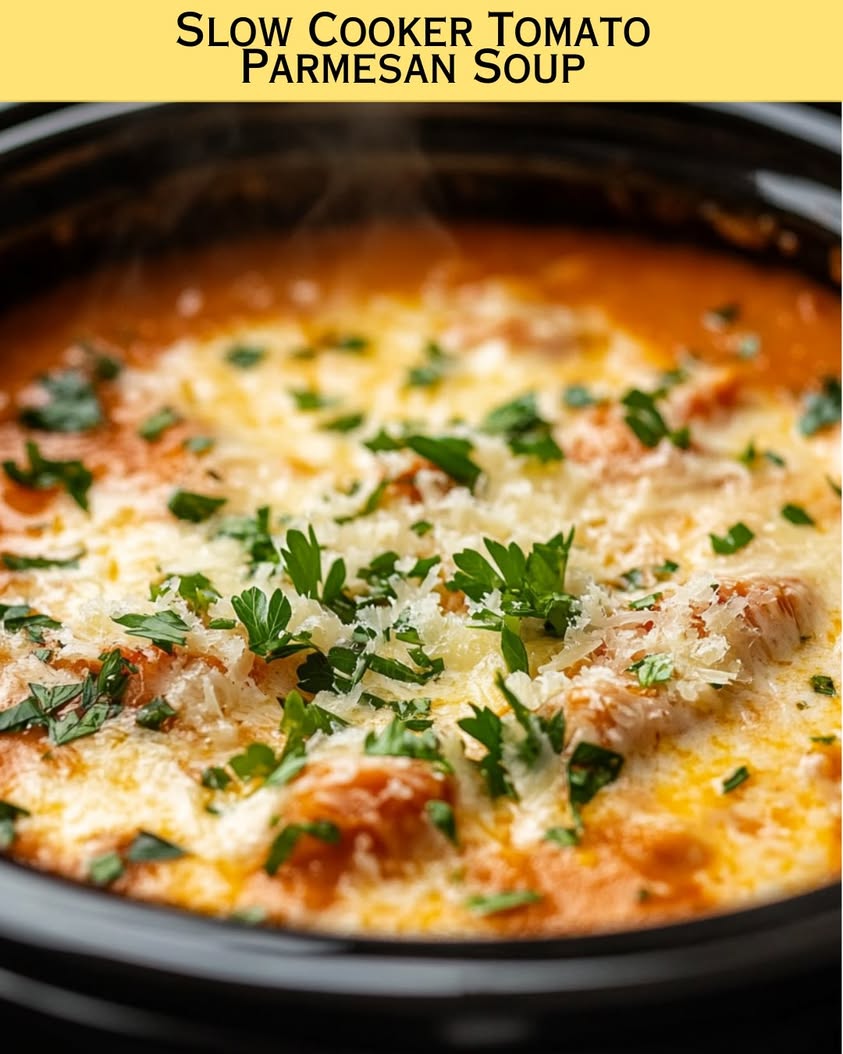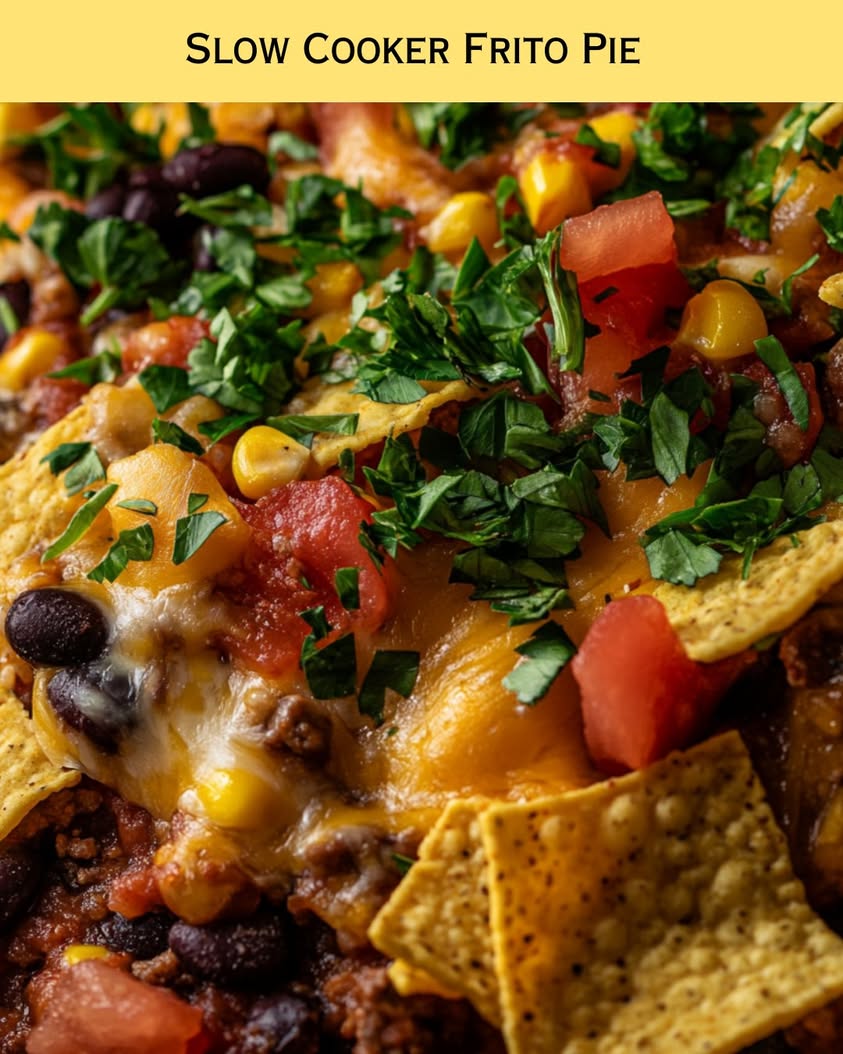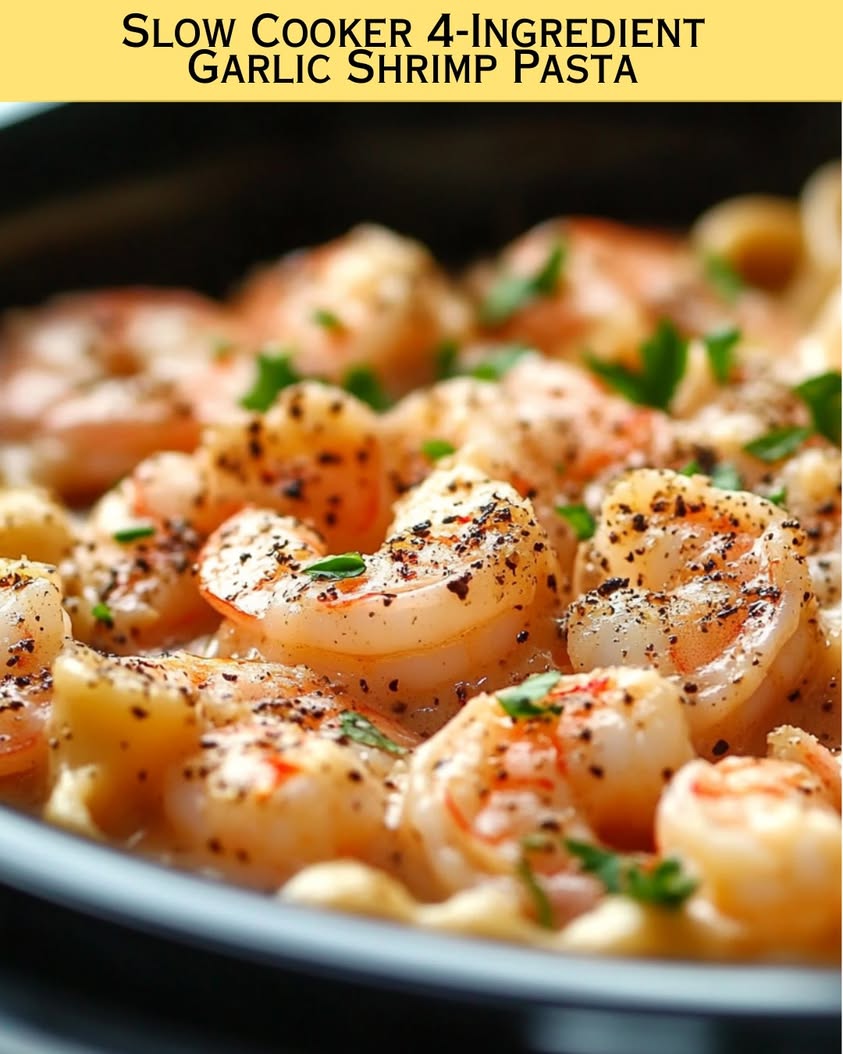Baked Chicken Ricotta Meatballs with Spinach Alfredo Sauce: A Deliciously Creamy Comfort Food
Baked Chicken Ricotta Meatballs with Spinach Alfredo Sauce is a dish that combines the warmth of comfort food with a touch of gourmet sophistication. The succulent chicken meatballs, enriched with creamy ricotta, deliver a burst of flavor in each bite. As they bake, they develop a slight crispness on the outside while maintaining a juicy tenderness inside. Complemented by a rich spinach Alfredo sauce, this meal is perfect for both a cozy family dinner and an impressive dish for guests.
The spinach Alfredo sauce is not only luscious but also packed with nutrients, making this meal a healthier choice without sacrificing taste. As the chicken ricotta meatballs soak in the creamy sauce, they absorb its flavors, creating a delightful symphony of taste and aroma. This recipe is a must-try for anyone looking to elevate their dinner game with minimal effort.
Quick Recipe Highlights
- Flavor Profile: The savory chicken melds beautifully with the creamy ricotta and the rich flavors of the spinach Alfredo sauce, providing a satisfying dining experience.
- Texture: The contrast between the crispy exterior of the meatballs and the velvety sauce creates an irresistible mouthfeel.
- Aroma: The aroma of garlic sautéing with spinach and the warmth of baked chicken fills your kitchen, enticing family and friends.
- Visual Appeal: The dish boasts vibrant colors with the lush green of spinach and the golden-brown meatballs, making it visually stunning.
- Skill Level Needed: This recipe is accessible to home cooks of various skill levels, requiring basic techniques like mixing and baking.
- Special Equipment: All you need are basic kitchen tools like a mixing bowl, baking tray, and a sauté pan for the sauce.
Recipe Overview
- Difficulty Level: While it may seem challenging, the recipe is straightforward with clear steps, making it manageable for novice cooks.
- Category: This recipe is suitable for dinner categories and fits well in Italian cuisine themes.
- Cuisine: Drawing from Italian culinary traditions, this dish highlights the use of ricotta and creamy sauces, beloved in many Italian kitchens.
- Cost: A ballpark estimate for the ingredients is quite reasonable, making this gourmet meal more accessible.
- Season: This dish shines in any season but is especially comforting during colder months.
- Occasion: Perfect for weeknight dinners or special occasions like family gatherings or dinner parties.
Why You’ll Love This Recipe
The taste and texture appeal of Baked Chicken Ricotta Meatballs with Spinach Alfredo Sauce is undeniable. The tender, flavorful meatballs packed with ricotta cheese create a delicious bite that perfectly balances savory and creamy elements. Each meatball is a little burst of comforting goodness, especially when smothered in the luxurious spinach Alfredo sauce that provides a rich backdrop to this hearty meal.
Convenience and preparation benefits further enhance the allure of this dish. These meatballs can be prepared ahead of time and baked just before serving, allowing you to enjoy more time with your guests. The sauce comes together quickly, making it a viable option for busy weeknights when you still want something that feels indulgent.
Nutritional advantages also play a significant role in appreciating this recipe. Lean chicken breast adds protein, while ricotta contributes calcium. The spinach not only brings vibrant color but is also packed with iron and vitamins, creating a wholesome dish that nourishes and satisfies.
Social and entertaining value is high with this recipe, as it’s a crowd-pleaser that works beautifully for gatherings. It’s easy to prepare in larger quantities, ensuring that every guest is served generously, and when plated, it creates an inviting dish that encourages everyone to dig in.
Lastly, when it comes to cost-effectiveness and accessibility, this recipe stays true to being both budget-friendly and easy to prepare. Basic ingredients come together in a meal that tastes gourmet, offering great value for your efforts.
Historical Background and Cultural Significance
Baked Chicken Ricotta Meatballs with Spinach Alfredo Sauce has roots in classic Italian cuisine, where the use of ricotta cheese is a beloved tradition. This cheese, originating from Southern Italy, has been a staple in Italian kitchens for centuries, used in a variety of dishes to add creaminess and flavor.
The cultural importance of meatballs in Italian-American cuisine cannot be understated, as they represent home cooking and familial ties. Many families have their own variations of meatballs passed down through generations, giving a personal connection to this comforting dish.
Over time, the recipe has evolved, with variations incorporating different meats, cheeses, and sauces, adapting to regional preferences while maintaining the core essence of rich, flavorful combinations. The addition of spinach Alfredo sauce adds a modern twist, making it both sophisticated and comforting.
Regional variations abound, with some preparing meatballs in tomato-based sauces rather than creamy ones, showing how adaptable this dish is within and beyond Italian culinary traditions. This versatility is one of the reasons why meatballs continue to be loved by many.
Ingredient Deep Dive
Chicken is the star of this dish and is deeply ingrained in various cuisines around the world. It’s a fantastic source of lean protein that supports muscle growth and repair. When selecting chicken, opt for fresh, high-quality cuts, avoiding signs of discoloration or a strong odor. To store chicken, keep it refrigerated in an airtight container and use it within a couple of days or freeze it for longer storage.
Ricotta cheese, essential in this recipe, is a fresh cheese that adds creaminess and flavor. Its name derives from the Italian word meaning “recooked,” referring to its unique production process. Ricotta is lower in fat than other cheeses, making it a healthier cheese choice. Keep ricotta chilled and consume it within a week for the best freshness.
Spinach is packed with nutrients, including iron and vitamins A and C, making it a powerhouse green option. Fresh spinach should be vibrant in color, with no wilting or browning. Properly storing spinach in a dry, airtight container in the fridge can extend its freshness. For those looking to enhance flavor, substitutions like kale could be considered, but adjustments for texture and cooking times should be made.
Common Mistakes to Avoid
- Overmixing the meatball mixture can lead to tough meatballs; mix until just combined.
- Not preheating the oven can result in uneven cooking; always preheat for reliable results.
- Skipping the browning step might result in less complex flavors; a quick sear enhances taste.
- Using old ricotta cheese may lead to an off flavor; always check for freshness.
- Neglecting to drain excess liquid from veggies can make the sauce watery; take time to squeeze out moisture.
- Not letting the sauce simmer long enough can result in a less developed flavor; allow it time to meld together.
- Skipping the measurements can result in imbalance; precision ensures effective flavor outcome.
- Ignoring the resting time for the meatballs may lead to them falling apart; let them rest before serving.
Essential Techniques
Mixing the meatball ingredients properly is vital for a tender texture. Use your hands to ensure even distribution without overworking the mixture. Avoiding overmixing keeps the meatballs light and airy.
Baking the meatballs instead of frying is healthier and easier. Utilize a lined baking sheet to prevent sticking and encourage even browning. Monitor the cooking time closely, ensuring they are cooked through yet remain moist.
Sautéing the spinach before adding it to the sauce not only mellows its flavor but also preserves its bright color. Master this step by ensuring your skillet is hot to quickly wilt the spinach, maintaining its nutrients.
Pro Tips for Perfect Baked Chicken Ricotta Meatballs with Spinach Alfredo Sauce
To achieve optimal flavor, try refrigerating the meatball mixture for 30 minutes before shaping; this helps meld the flavors.
Experiment with fresh herbs like basil or parsley in the meatball mix for added freshness.
Use a blend of cheeses for added richness; Parmesan can complement the ricotta beautifully.
Adjust the seasoning to taste before baking; tastes can vary, and personal preference is crucial.
Opt for freshly made Alfredo sauce whenever possible; it significantly elevates the dish.
Consider adding diced vegetables like zucchini or bell peppers into the meat mix for extra nutrition and texture.
Serve the dish with a sprig of fresh basil on top for an appealing garnish and additional flavor.
Make sure to serve immediately, as this dish is best enjoyed fresh out of the oven for optimal texture and taste.
Variations and Adaptations
Regional variations can include swapping the chicken for turkey or beef, creating a different flavor profile while preserving the meatball’s essence.
Seasonal adaptations can involve adding fresh herbs in the spring or roasted vegetables in the fall, enhancing the dish’s complexity and freshness.
For dietary modifications, turn the recipe into a gluten-free version by substituting breadcrumbs with gluten-free alternatives or omit them altogether for a protein-rich option.
Flavor variations can be introduced by adding spices such as crushed red pepper for heat or smoked paprika for a deeper flavor in the meatballs.
Texture modifications could involve baking meatballs in the sauce for a different mouthfeel, resulting in a creamy coat that thickens and enriches the dish.
Presentation alternatives can include serving on a bed of zoodles or spaghetti squash for a lighter take on this classic dish.
Serving and Presentation Guide
When plating, opt for a shallow bowl to showcase the creamy sauce elegantly.
Garnish with freshly chopped parsley or a sprinkle of grated Parmesan for a finished touch that’s visually appealing.
Traditional accompaniments like garlic bread or a fresh green salad would pair wonderfully with this dish, adding texture and flavor contrast.
Modern serving suggestions might involve layering the dish with different vegetables, adding a component of freshness that complements the rich flavors.
Temperature considerations are vital—ensure the dish is served hot for optimal enjoyment but also consider resting time to allow flavors to settle.
For portion control, use an ice cream scoop to achieve uniform meatball sizes, ensuring consistent cooking times and servings.
Wine and Beverage Pairing
Pairing this dish with a light red wine, such as Pinot Noir, can enhance the flavors without overpowering the meal.
For non-alcoholic alternatives, consider sparkling water with lemon for a refreshing contrast to the creamy sauce.
A light-bodied white wine, like Sauvignon Blanc, complements the richness of the Alfredo, balancing the dish’s flavors impeccably.
If enjoying with tea or coffee, choose a citrus-infused tea to brighten the palate after indulging in a creamy meal.
Ensure to chill the white wines beforehand and serve at a suitable temperature to enhance flavors.
Storage and Shelf Life
To store leftovers, place them in airtight containers in the refrigerator, where they can keep for up to three days.
Ensure to cool the dish down to room temperature before sealing, extending the shelf life and preventing condensation.
For freezing, portion out the meatballs and sauce separately in freezer-safe containers, which allows for easy reheating while maintaining texture.
Signs of spoilage include off odors or changes in texture, indicating that the dish should not be consumed.
To reheat, use the microwave or oven, adding a splash of milk to maintain creaminess in the Alfredo sauce.
Aim to thaw frozen portions in the refrigerator overnight for best results before reheating.
Make Ahead Strategies
Create a prep timeline for this dish by preparing the meatball mixture and shaping them a day ahead; simply keep them refrigerated until baking time.
Cooking the sauce ahead of time and warming it up just before serving saves dinner prep time.
Storing meatballs directly in the sauce can impact quality; opt for storage in separate containers for the best flavor retention.
For the best reheating results, bake the meatballs directly from the fridge or freeze; adjust cooking times as necessary to ensure doneness.
Consider adding fresh herbs or a squeeze of lemon to the sauce right before serving, reviving its flavor profile and freshness.
Scaling Instructions
Halving the recipe is straightforward—adjust the ingredient quantities and monitor cooking time, as smaller batches may cook faster.
Doubling or tripling the recipe is viable for gatherings; just ensure you have enough baking sheets to accommodate the increased volume while giving the meatballs space for even cooking.
For equipment adjustments, a larger mixing bowl may be needed, and make use of multiple baking sheets if necessary.
Timing modifications should be made to accommodate larger batches; more meatballs could mean slightly longer cooking times while still checking for doneness.
For storage considerations, remember that larger batches will take longer to cool, so allow interim cooling times before sealing for refrigeration or freezing.
Nutritional Deep Dive
A macro breakdown of this meal reveals a strong presence of protein from chicken and ricotta, crucial for muscle repair and maintenance.
Micronutrient analysis indicates that spinach adds significant iron and Vitamin C, enhancing overall nutritional value while promoting a healthy diet.
Health benefits include high protein content and low carbs, making it suitable for a variety of dietary preferences.
Dietary considerations can be made for those watching their sodium intake by opting for low-sodium ricotta and careful salt usage in the recipe.
Portion analysis reveals that this recipe provides balanced servings, suitable for maintaining caloric intake goals while delivering satisfaction.
For those focused on weight management tips, consider pairing the dish with a light salad, enhancing fullness without excessive calories.
Dietary Adaptations
For a gluten-free option, swap regular breadcrumbs with certified gluten-free alternatives, or leave them out for a low-carb version.
Dairy-free adaptations can be achieved by using plant-based ricotta alternatives and coconut milk for the sauce, achieving a creamy texture without dairy.
Vegan followers can replace chicken with lentils or mushrooms, using nutritional yeast in place of cheese for a similarly rich flavor.
Low-carb and keto dieters appreciate a reduction in carbohydrates by serving the dish with spiralized vegetables rather than pasta.
Paleo versions may involve using almond flour instead of breadcrumbs and ensuring all ingredients are free of preservatives.
Low-FODMAP diets can be supported by using lactose-free cheese and a careful selection of low-FODMAP vegetables.
Troubleshooting Guide
Texture issues may arise if the meatballs are overmixed, leading to a dense product; gently combine ingredients for the best result.
Flavor balance concerns can be addressed by adjusting salt and seasoning levels; always taste as you go, reflecting preference and flavor profiles.
Temperature problems can be fixed by using an instant-read thermometer to verify doneness; meatballs should reach an internal temperature of 165°F.
Equipment challenges like inadequate browning can be resolved by adequately preheating the oven and giving enough space between meatballs.
If you encounter ingredient substitutions that don’t work, ensure alternatives maintain a similar moisture and binding capability for best results.
Timing concerns may lead to undercooked meatballs; always check them for firmness and use a timer to keep track of cooking intervals.
Recipe Success Stories
The feedback from the community has been overwhelmingly positive, with many stating that this dish has become a favorite family recipe.
Various adaptations have emerged, such as adding different herbs or even experimenting with alternative meats, showcasing the versatility of the recipe.
Readers share their success stories with photos highlighting the vibrant appearance of this dish, often accompanied by compliments from family and friends.
Photography tips suggest good lighting and plating techniques to capture the creamy sauce and golden meatballs beautifully for social media sharing.
Many enjoy offering this meal at gatherings, noting that it’s a fantastic conversation starter, as everyone with a slice of bread soaked in Alfredo sauce can relate to its appeal.
Frequently Asked Questions
How long can leftovers be stored?
Leftovers can be stored in an airtight container in the refrigerator for up to three days. If you want to save them longer, freezing is an excellent option.
Can I make the sauce ahead of time?
Yes! The spinach Alfredo sauce can be prepared a day in advance and refrigerated. Just reheat it gently before serving.
What can I serve with these meatballs?
Serving them with garlic bread, a fresh salad, or over pasta or zoodles would complement this dish wonderfully.
Are there alternatives to ricotta cheese?
Definitely! You can substitute ricotta with cottage cheese, or for dairy-free options, try using silken tofu blended until smooth.
Can I freeze uncooked meatballs?
Yes, you can freeze uncooked meatballs. Place them on a baking sheet until frozen, then transfer them to a freezer-safe bag for long-term storage.
What is the best way to reheat the dish?
The best method is to reheat the dish in the oven at 350°F until heated through. This preserves the textures better than the microwave.
How can I spice things up a bit?
Feel free to add red pepper flakes or diced jalapeños to the meatball mixture for an extra kick of heat!
What’s the best type of chicken to use?
Ground chicken is ideal for this recipe. However, you can use ground turkey as a healthier alternative if you prefer.
Can these meatballs be cooked in a sauce instead of baking?
Absolutely! You can simmer the meatballs in the sauce for a deliciously infused flavor.
Can this recipe be made vegan?
Yes! Simply substitute the chicken for lentils or mushrooms and use plant-based cheeses for a completely vegan version.
Additional Resources
If you’re interested in related recipes, check out our pasta dishes for more creamy meal inspirations.
Techniques guides on meatball preparation and sauce making are available for those looking to refine their cooking skills further.
Ingredient information on homemade ricotta and its applications can inspire you to experiment with cheese-making at home.
Equipment recommendations for essential kitchen tools can help you prepare meals like this with ease and efficiency.
Consider exploring seasonal variations with fresh produce for inspiration on how to adapt the ingredients based on availability.
Join the Conversation
We’d love to hear your thoughts on this recipe! Share your experiences on social media and tag us in your cooking creations!
Suggest your own variations as everyone can have fun with this deliciously versatile dish.
Your feedback and photography tips could inspire others; posts with beautiful presentations showcase the vibrant nature of this meal.
Join our community engagement by sharing your cooking attempts, recipe reviews, or any questions you may have regarding Baked Chicken Ricotta Meatballs with Spinach Alfredo Sauce.
We can’t wait to see how you personalize this comforting dish for your family and friends.
The Recipe
Baked Chicken Ricotta Meatballs with Spinach Alfredo Sauce
Serves: 4 servings
Prep Time: 20 mins
Cook Time: 35 mins
Total Time: 55 mins
Kitchen Equipment Needed
- Mixing bowl
- Baking sheet
- Skillet for sauce
- Mixer or spoon for combining ingredients
- Measuring cups and spoons
- Spoon or ice cream scoop for meatballs
Ingredients
- 1 pound ground chicken
- 1 cup ricotta cheese
- 1/2 cup breadcrumbs
- 1/4 cup grated Parmesan cheese
- 1 egg
- 2 cloves garlic, minced
- 1 teaspoon Italian seasoning
- Salt and pepper to taste
- 3 cups fresh spinach
- 1 cup heavy cream
- 1/2 cup chicken broth
- Additional Parmesan for serving
Directions
- Preheat the oven to 400°F (200°C) and line a baking sheet with parchment paper.
- In a mixing bowl, combine ground chicken, ricotta, breadcrumbs, Parmesan, egg, garlic, Italian seasoning, salt, and pepper. Mix until just combined.
- Form the mixture into meatballs and place them on the prepared baking sheet.
- Bake the meatballs for 25-30 minutes or until golden brown and cooked through.
- In a skillet, sauté spinach until wilted, then add heavy cream and chicken broth. Simmer on low for 5-7 minutes.
- Serve the baked meatballs in the spinach Alfredo sauce, garnished with Parmesan.
Recipe Notes
- Feel free to substitute ground turkey for a leaner option.
- Store leftovers in the refrigerator for up to three days.
- The meatball mixture can be made ahead of time and refrigerated for easier prep.




